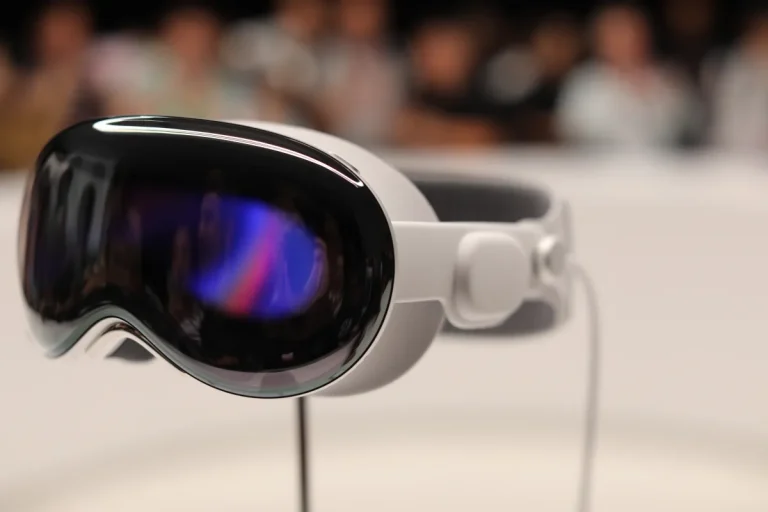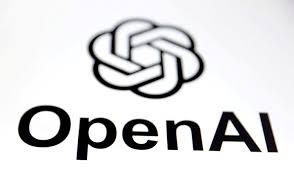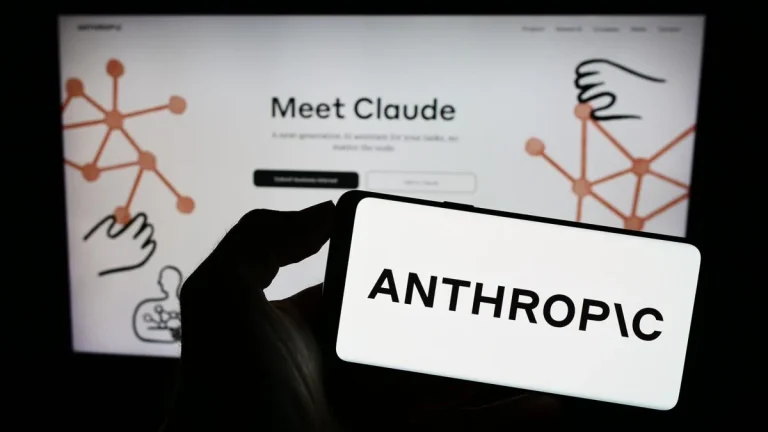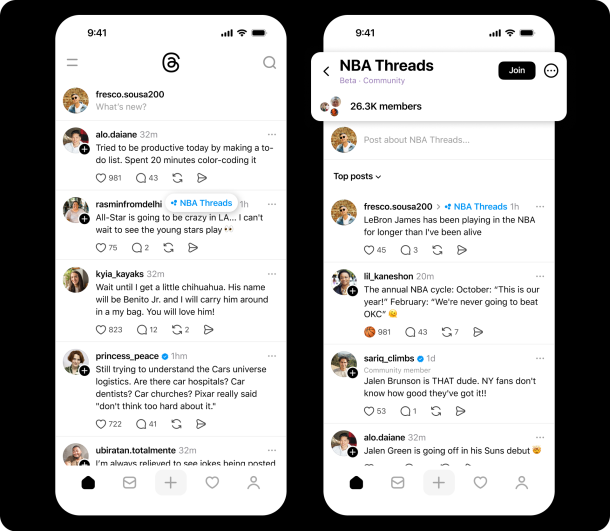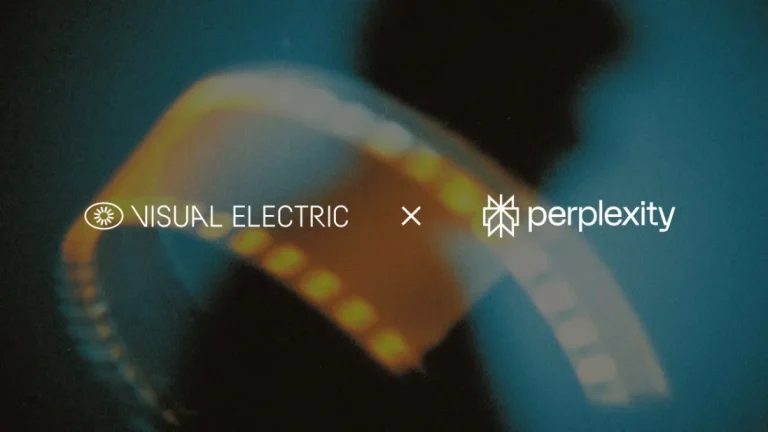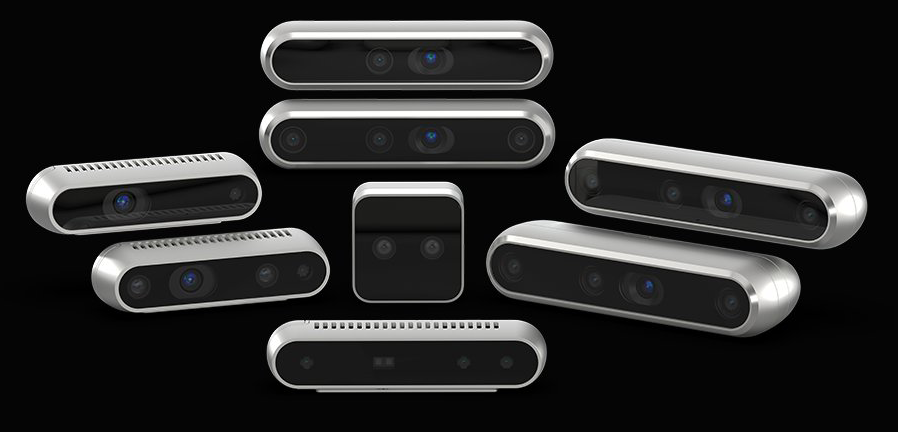
After 14 years of innovation under Intel’s roof, RealSense is stepping out into the world as an independent company—and it’s got bold plans for the future of 3D perception.
RealSense, known for its depth-sensing camera technology that helps machines “see” the world in 3D, is now officially spinning out of Intel. These stereoscopic cameras—enhanced with infrared—are used across a wide range of industries: from guiding robots, drones, and autonomous vehicles to enabling facial authentication and even monitoring food stock in restaurants.
“We work in the real, physical world,” said CEO Nadav Orbach in an interview with TechCrunch. “Our technology helps machines understand their surroundings in real-time 3D so they can make better decisions.”
Orbach, who joined Intel in 2006 as a CPU architect, pivoted to vision technology in 2011. By 2022, he was leading Intel’s incubation and innovation efforts. When it became clear that demand for RealSense tech was growing rapidly—particularly as AI-powered robotics scaled—he and his team saw an opportunity: go independent and grow faster.
They began mapping out the spinout last year with the blessing of then-Intel CEO Pat Gelsinger. Now officially its own entity, RealSense has raised $50 million in Series A funding from Intel Capital and other strategic backers.
The company’s reach already spans over 3,000 customers in robotics, agriculture, logistics, and even food service. Chipotle, for example, used RealSense cameras (via partner PreciTaste) to track food container levels in real time. Even fish farms are tapping into the tech to monitor volume inside pens.
Orbach admits leading a standalone company is new territory. “It’s my first time raising money as CEO—it was humbling,” he said. “But with a strong, entrepreneurial team, we’re in a great position to scale.”
RealSense plans to use the funding to grow its go-to-market team and enhance its tech, especially in areas like human-robot safety and smart access control. As Orbach puts it, “This is a dream come true.”

